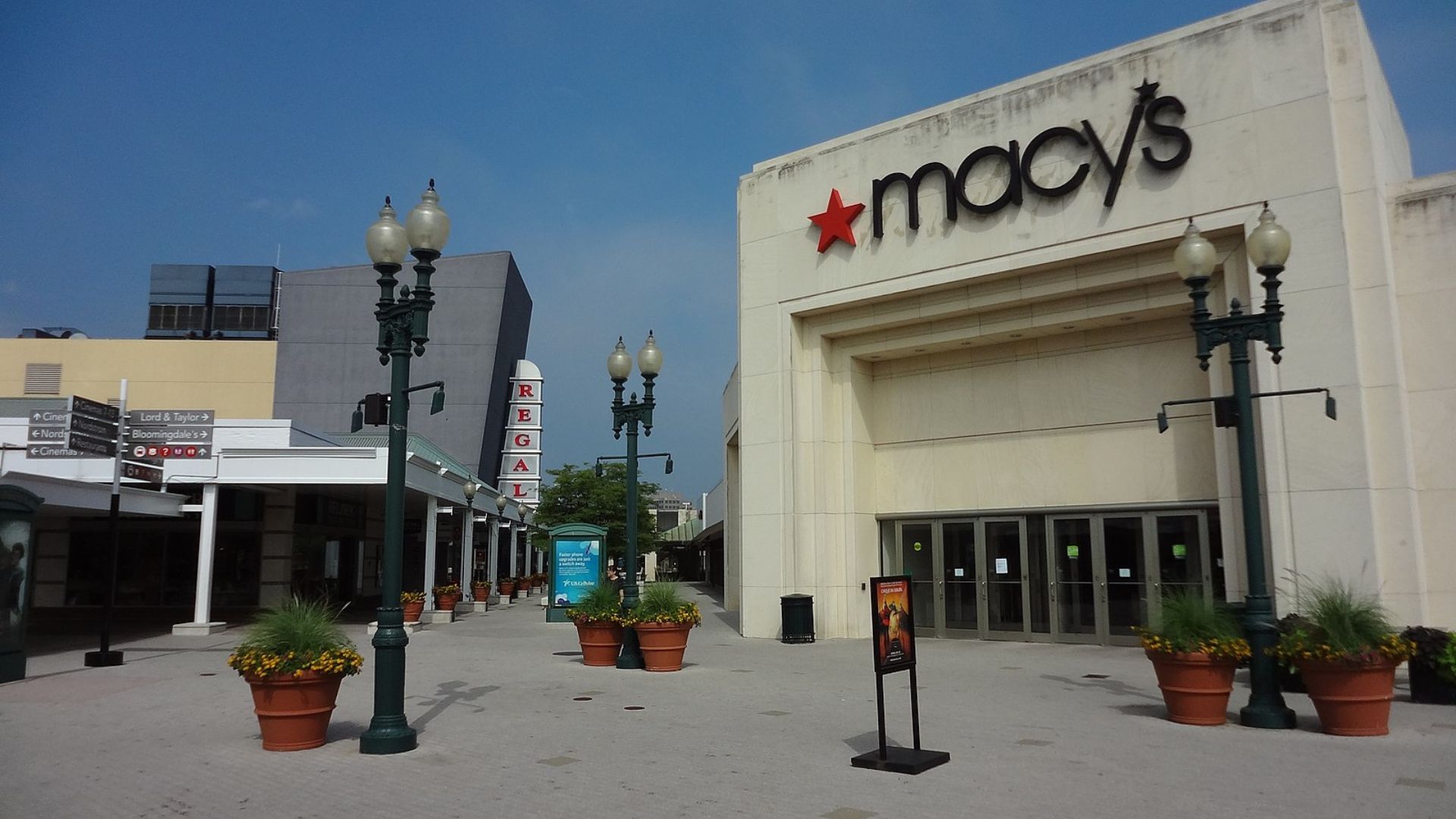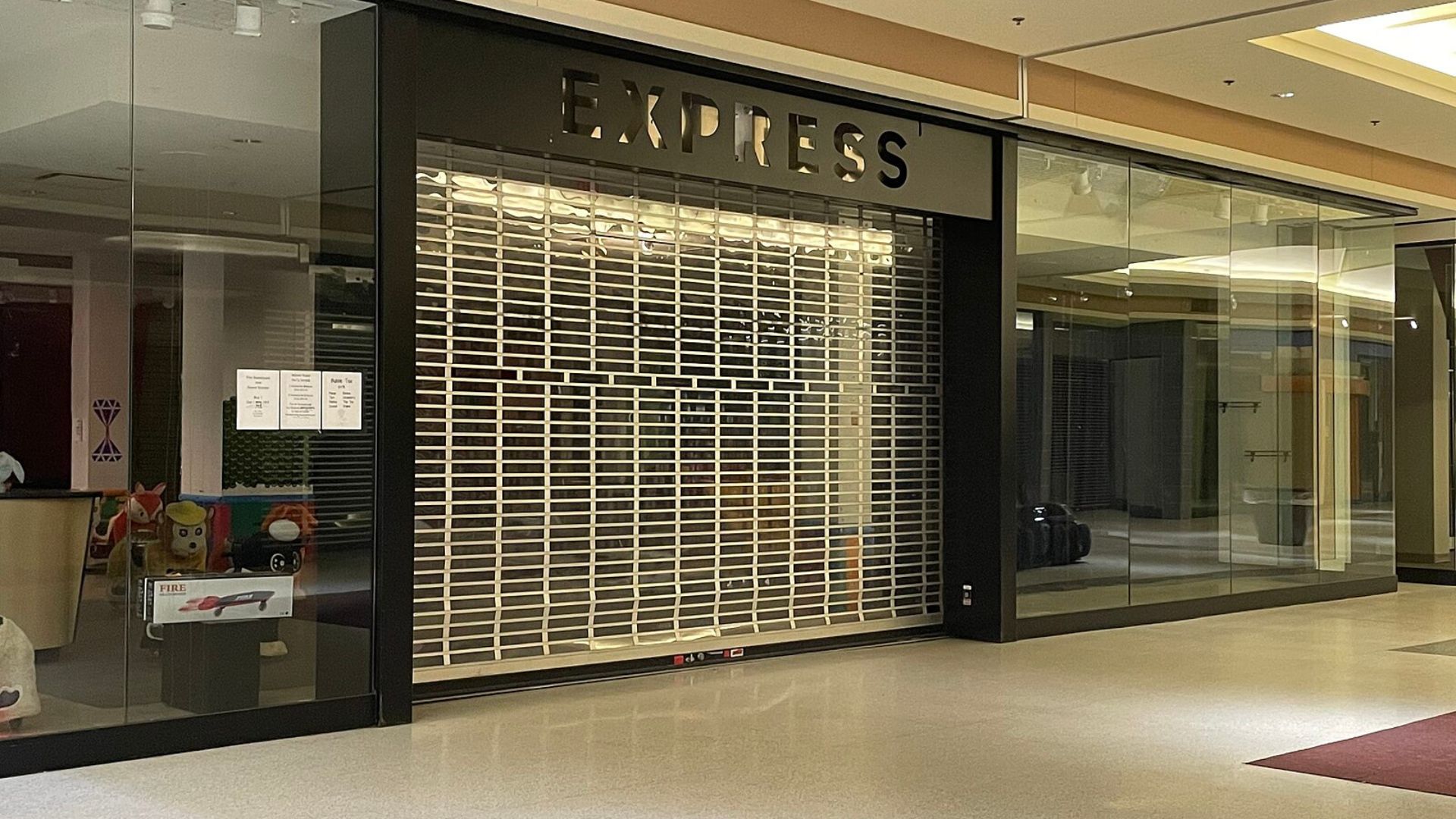Ted Baker, once a beacon of luxury apparel, has filed for bankruptcy in its North American operations, signaling the end of its retail presence in the U.S. and Canada.
This move to shut all 56 stores follows a tumultuous period marked by supply chain disruptions and financial mismanagement by its European partner, No Ordinary Designer Label (NODL), which failed to pay suppliers, causing severe inventory shortages.
Trigger Point: European Mismanagement

“The financial and operational performance has struggled,” stated Antoine Adams, director of Ted Baker in North America.
He attributed these problems to NODL’s failure to fulfill financial obligations, which significantly disrupted Ted Baker’s ability to maintain inventory levels, leading to widespread order cancellations and delays.
Financial Downfall

By the end of 2023, Ted Baker North America had accumulated over $11.3 million in losses, with ongoing cash flow problems intensifying into 2024.
This dire financial situation reflects not just operational failures but also broader challenges within the luxury retail sector.
Impact of Technology and Marketing Missteps

Operational challenges peaked during the 2023 holiday season when Ted Baker NA attempted a risky technology overhaul and changed its main website URL, which “significantly impeded sales,” according to Adams.
These changes were poorly timed and poorly executed, leading to further financial strain.
Scale of Operations

Before bankruptcy, Ted Baker’s extensive network included 59 stores across the U.S. and Canada.
It also maintained key wholesale partnerships with prestigious department stores such as Nordstrom, Macy’s, and Hudson Bay, highlighting its significant footprint in the North American luxury retail market.
Employee Impact

The closure of Ted Baker’s North American operations affects approximately 624 employees, comprising both full-time and part-time staff.
This development not only marks a significant scale-back in operations but also poses substantial implications for the affected employees and their communities.
Legal Proceedings Begin

In response to these overwhelming challenges, Ted Baker NA has sought legal relief through Chapter 15 bankruptcy filings in the U.S. and CCAA protection in Canada.
The goal was to manage its debts and liquidate assets in an orderly manner.
Global Retail Challenges

Ted Baker’s downfall is part of a larger distress within the retail sector, where brands like Rue 21 and Express have also faced significant financial difficulties.
Rue 21 filed for Chapter 11 bankruptcy, planning to close all 540 stores, while Express filed for Chapter 11 and announced the closure of 95 stores.
Consumer and Market Reaction

The liquidation announcements have stirred a bittersweet response among consumers on X, who are eager for clearance deals yet nostalgic about the brand’s departure.
This sentiment reflects a complex consumer relationship with retail brands undergoing financial restructuring.
Clearance Sales and Liquidation

With the impending closure of stores, Ted Baker is preparing for extensive clearance sales.
These sales present an opportunity for consumers to purchase high-end apparel at significantly reduced prices, albeit under somber circumstances.
The Future of Ted Baker

Looking ahead, the focus shifts to Ted Baker’s operations outside of North America.
Will the brand restructure globally or find new markets to sustain its legacy? The upcoming strategies will be crucial for its survival in the competitive fashion industry.
Ongoing Declining Trends

As Ted Baker shuts its doors in North America, it reflects the broader trends and challenges faced by the retail industry.
This situation serves as a poignant reminder of the volatile nature of the fashion sector and the need for adaptability in an ever-changing economic landscape.
